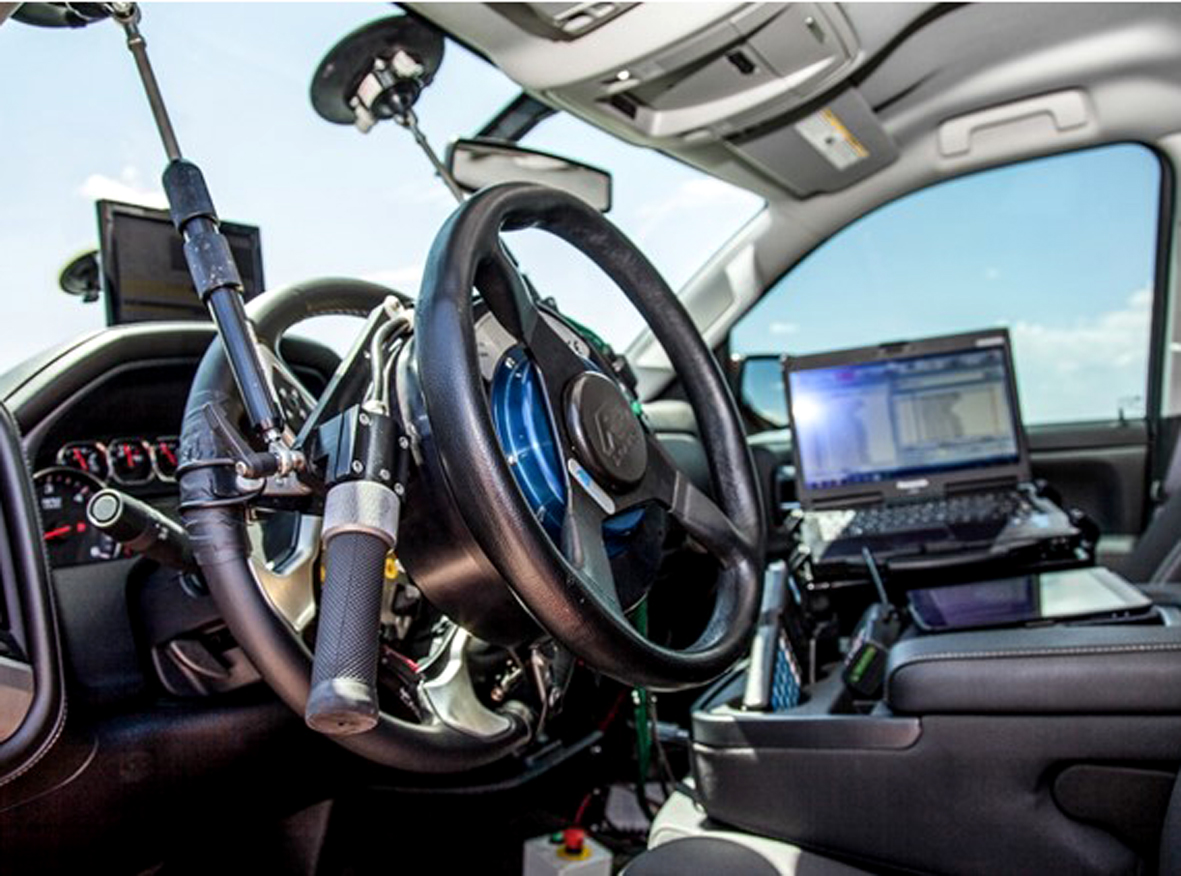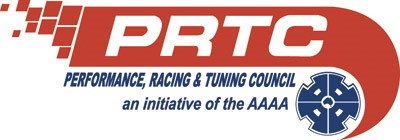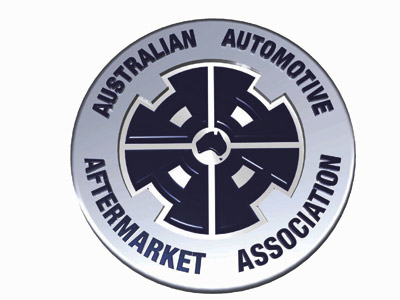Extensive testing conducted by the Performance Racing & Tuning Council (PRTC) in the United States earned acceptance from Federal, State and Territory Governments for modifications made under the owner certified section of the National Code of Practice covering alterations to vehicle height.
The PRTC is a specialist section of the Australian Automotive Aftermarket Association (AAAA), the national body representing the automotive aftermarket, including manufacturers, distributors, wholesalers, importers and retailers of automotive parts and accessories, tools and equipment.
Modifications to suspension are designed to improve safety and enhance dynamic performance of the vehicle. The successful test regime on two popular vehicles using suspension kits from Australian suppliers proved that lowering vehicle height by 50mm has no adverse impact on the operation of the Electronic Stability Control (ESC) unit.
The modified vehicles – 2013 Toyota Camry and 2015 Chevrolet SS (Commodore) – were benchmarked against identical non-modified units and no modifications were made to the vehicles’ original equipment ESC systems.
PRTC adopted the same test protocols used by all vehicle manufacturers and major component suppliers around the world to simulate vehicle dynamics for the development and testing of new chassis system components, engines, power trains, drivelines, suspension and vehicle electronic control systems.
Technical reports from the PRTC tests presented to Federal, State and Territory regulators showed the test vehicles all met Australian Design Rule (ADR) 35 requirements for ESC operation.
PRTC Chairman Graham Scudamore-Smith said the industry program to dispel the notion that small changes to the ride height of a vehicle have a negative impact on ESC operation is a win for common sense. “We worked closely with the regulators and thank the Federal, State and Territory authorities for their input to this successful project,” said Graham Scudamore-Smith.
Aftermarket displays due diligence
In all cases the test results were well within the normal operating capabilities of the vehicles’ ESC systems and ADR 35 requirements. All modified vehicles:
· Easily passed the performance requirements of ADR 35.
· Demonstrated compatibility with the control authority of the OEM electronic stability control system.
· Worked in harmony with the OEM ESC system to prevent rollover potential in the extreme test conditions.
· Did not demonstrate any “nuisance activations” of the ESC system during any test manoeuvres.
We ensured complete transparency for the test regime by using the ADR as the standard, and using internationally recognised test procedures and testing facilities,” said Graham Scudamore-Smith.
“As a result of this PRTC initiative, the National Code of Practice has been amended to remove reference to ESC testing requirements from Section LS of Vehicle Standards Bulletin (VSB) 14.
“Thus, we have eliminated the need for additional and redundant testing and cut red tape for Australian businesses and vehicle owners. This is a great outcome for private car owners who want to improve the on road capabilities of their vehicles.
“This successful modified vehicle ride height test program is a result of the AAAA’s commitment to due diligence in ensuring the engineering integrity of the products sold by members” he said.

A 2015 Jeep Wrangler with Australian made 50mm suspension left equipment
easily passed ADR 35 requirements for the vehicle’s original equipment electronic stability control system.
It is pictured here with test equipment fitted at Link Engineering in the USA.

To ensure precision for the electronic stability control testing of
the altered ride height vehicles, Link Engineering used a computer
driven steering robot to guide the vehicle through the test process.

About the Performance Racing and Tuning Council of Australia (PRTC):
The PRTC is a non-competitive, specialist council of the Australian Automotive Aftermarket Association formed to promote professional and responsible activities within the performance racing and tuning sector, including facilitating growth in the industry through effective communication and education, providing regulatory advice and advocacy, identifying opportunities, future trends and technologies, creating networking opportunities among members, and promoting road safety and sanctioned off-street motorsport events, including drag racing and drifting. Visit:

About the Australian Automotive Aftermarket Association Limited (AAAA):
The AAAA is the national industry association representing manufacturers, distributors, wholesalers, importers and retailers of automotive parts and accessories, tools and equipment in Australia. The Association has over 1,900 member companies in all categories of the Australian automotive aftermarket and includes major national and multi-national corporations as well as a large number of independent small and medium size businesses. Member companies are located in metropolitan, regional and rural Australia. The parts and maintenance sector of the $108 billion Australian automotive industry represents about $34 billion. AAAA member companies employ more than 40,000 people and export over $800 million worth of product a year. Visit http://www.aaaa.com.au/
Media Release PRTC 11 January 2016